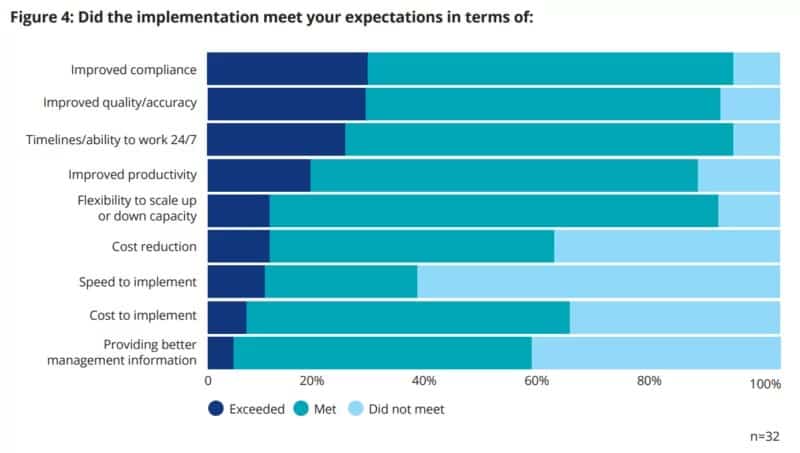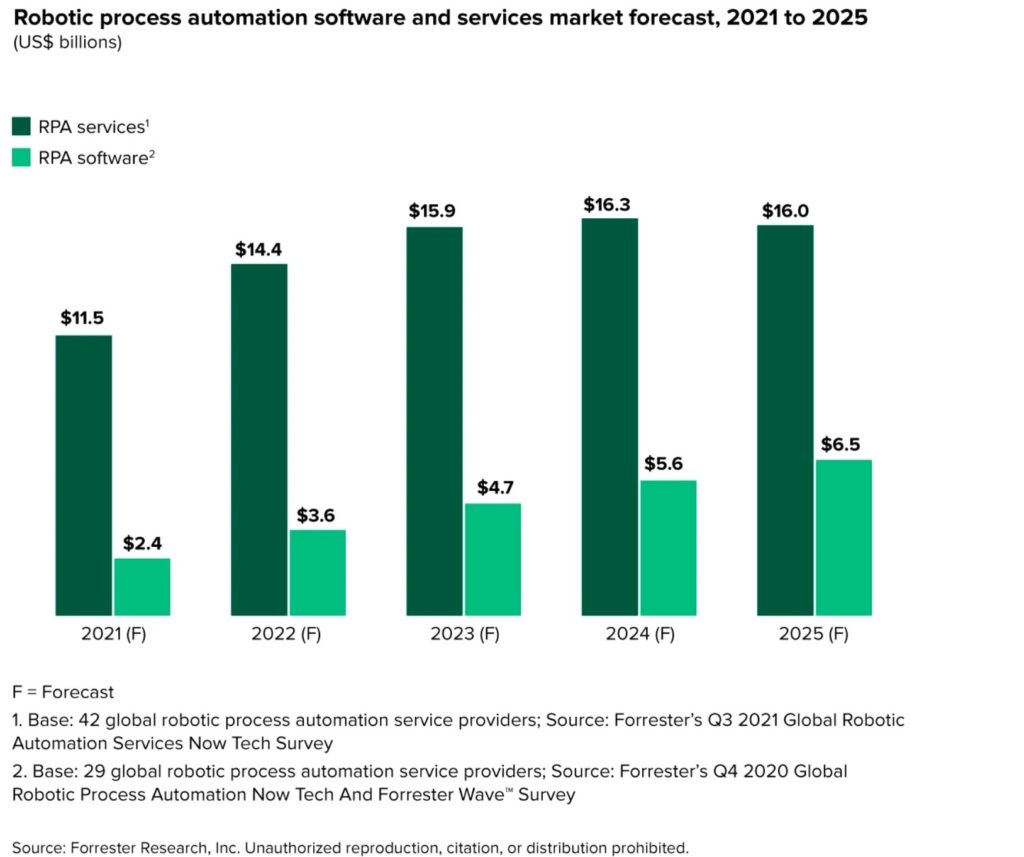Gartner defines robotic process automation (RPA) as a productivity tool that allows a user to configure one or more scripts (which some vendors refer to as “bots”) to activate specific keystrokes in an automated fashion.
The result is that the bots can be used to mimic or emulate selected tasks (transaction steps) within an overall business or IT process. These may include manipulating data, passing data to and from different applications, triggering responses, or executing transactions. RPA uses a combination of user interface interaction and descriptor technologies. The scripts can overlay on one or more software applications.
With over two decades of RPA awareness and experience, is it time to move on? Are we ready for hyperautomation?
In a CXOVIEWS dialogue, Arvind Sundaresan, vice president of customer success for APJ at UiPath, describes how user understanding of RPA value is evolving as the technology and user experience matures.
Do companies understand what RPA is and isn't?
Arvind observes different understandings from different customers, influenced by the industry, the country and market. Also, where they are today with regards to the adoption of RPA within their organisation.
He added in Asia Pacific and Japan, many customers are still starting their journeys on RPA – referring to this as phase one.
“They are trying to understand and do pilots and proofs of concepts, to figure out how they can leverage the platform and technologies and maximise value from a business perspective,” he commented.
Where and why RPA is failing
Citing a recent survey, Cem Dilmengani, a principal analyst at AIMultiple says greater than 40% of RPA projects fail on any of several counts, including expectations on implementation time or cost, cost-savings due to RPA, or benefits derived from the analytics.

Source: AIMulitple 2022
Sundaresan attributes this to customers not being clear on what to expect from the platform or the technology and they start a project from a technology-initiative perspective.
“Unless and until their business goals and aspirations are clear, and what they would like to achieve as a business outcome is clearly defined, with a well-established executive sponsorship within the organisation, then these are all just gimmicks. These typically tend to fail,” he opined.
“The tools and platform and technology can only help you that much unless and until you have a vision for RPA, else you will fail on your implementations.”
Arvind Sundaresan.
RPA opportunities in 2023
Forrester forecasts that RPA adoption in the region will flatten in 2023.

Asked for indications where new areas for RPA growth and implementation for 2023 and beyond, Sundaresan begged to differ from the analyst’s prediction revealing those customers embracing the capabilities of the platform, even beyond the traditional historical horizontal processes.
“They are trying to embrace the platform and technology capabilities for core business applications and core areas. It is not just for finance, HR or workforce optimisation.
“They are starting to embrace RPA more for the core businesses, rather than back-office processes, which were historically the initial use cases many of them went towards,” he continued.
In forecasting the ‘flattening’, Forrester principal analyst Leslie Joseph explains represents not as much the flattening, as a gradual merging of “pure-play” RPA into this broader trend towards the automation fabric.
Improving RPA implementation success
Sundaresan argues that executive sponsorship is important in the successful implementation of RPA. He opines that RPA is a top-down initiative. He believes that RPA’s success is not driven by an organisation’s “Centre of Excellence with a bunch of engineers sitting in a corner and trying to look at how they innovate and change their business processes end-to-end.
“Second, you need to learn the platform and technology before you start scaling within the organisation. You need to train and enable a core team of users as well as a core team of technologists within the organisation for you to play around,” he continued.
He also suggested doing pilots before scaling within the organisation. The third is that it is a change management program, not a technology program.
“You need to have very clearly defined business outcomes, which are clearly mapped towards what ROIs you are expecting from this program as well. Without having that clear objective in mind before you start with implementation journeys, then you're going to be disillusioned with what outcomes you're going to get from these programs,” he cautioned.
Click on the VODchat video for more in-depth revelations by Sundaresan including:
- How do you get employee buy-in on the RPA journey so that they feel ownership of the project, and go along with it with the right expectations?
- From the CIO or CISO perspective, doesn’t encouraging citizen development potentially introduce issues around compliance and standardisation? How do you get around that?
- Cognizant of RPA’s evolution over the years, in your view where does it sit in Gartner’s hyperautomation vision?
- What should leadership remember when they're considering implementing RPA or pushing forward an RPA strategy for the organisation?





